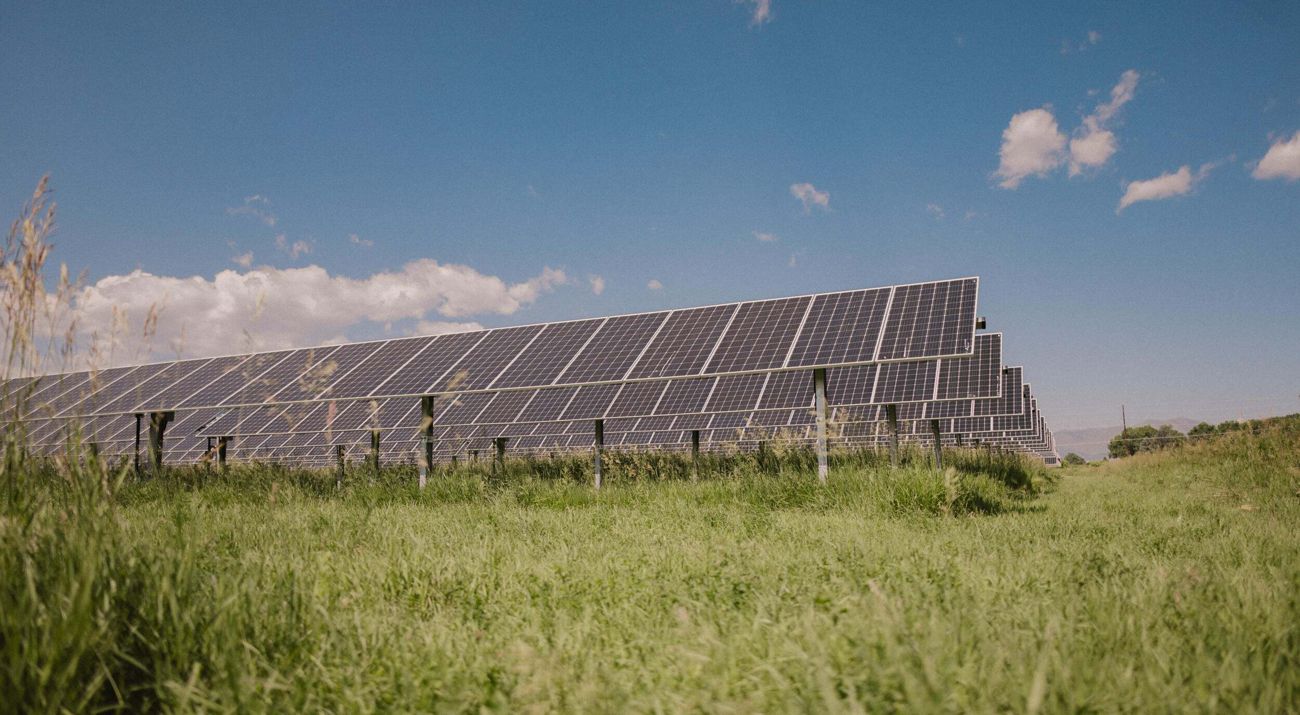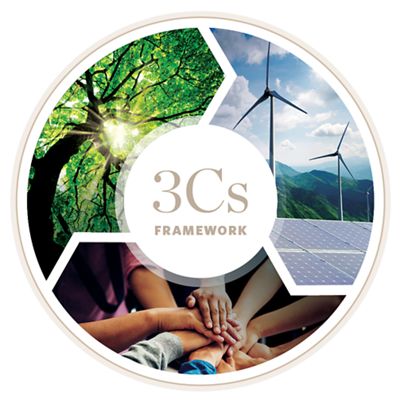
New Massachusetts clean energy and climate law is a model for accelerating renewable energy with better outcomes for people and nature
Media Contacts
-
Julia Leopold
Associate Director of Communications, Renewable Energy
The Nature Conservancy
Email: julia.leopold@tnc.org -
Tina McCarthy
Director of Marketing and Communications, Massachusetts
The Nature Conservancy
Email: tina.mccarthy@tnc.org
On November 21, Massachusetts Governor Maura Healey signed a bill into law promoting a clearer path to a renewable energy future with better outcomes for people and nature. The new law expedites land-based renewable energy siting and permitting, provides improved environmental standards, and enhances community engagement. It is one of an integrated suite of Massachusetts climate and energy laws that will help the commonwealth meet its goal of reaching net zero emissions by 2050.
The law takes many actions to ensure that renewable energy is deployed quickly with nature and people in mind. It simplifies permitting of clean energy projects by establishing timelines and consolidating the local and state permits that the developer would otherwise need to obtain individually. It aims to reduce lengthy community conflicts by requiring energy developers to conduct earlier community engagement and public meetings and through an assessment to fund public participation and intervention in energy-related proceedings. It also establishes a process for clean energy projects to avoid, minimize, and undertake conservation actions to offset impacts to nature and people.
Massachusetts shares a bold but necessary goal with the United States: reach net zero carbon emissions by 2050 to avoid the worst impacts of climate change. The Massachusetts Chapter of The Nature Conservancy played a key role in steering the direction and development of the policies. Steve Long, TNC Massachusetts’ director of policy and partnerships, served on a governor-appointed commission that proposed the reforms that made policy recommendations that were codified into the law. The following is a joint statement from Steve Long and Jessica Wilkinson, TNC’s North America renewable energy team lead.
Quote: Steve Long and Jessica Wilkinson

It’s not your father’s electric grid anymore. Today, Massachusetts enacted a landmark climate and clean energy law, modeling to other states that there are more efficient and equitable ways to transition to the energy future we need.

“It’s not your father’s electric grid anymore. Today, Massachusetts enacted a landmark climate and clean energy law, modeling to other states that there are more efficient and equitable ways to transition to the energy future we need.
The newly signed law will help make sure that clean and renewable energy projects in Massachusetts will meet standards for biodiversity, healthy lands and waters, resilient ecosystems and environmental justice communities while maximizing benefits to the climate, conservation and communities – what we call the ‘3Cs.’
Across the U.S., we need to make sure that the process for developing clean energy projects is more efficient while weaving together the science of site suitability and lived experiences of communities to ensure better outcomes for people and nature. Without clear guardrails we will repeat the mistakes of the past of harmful energy generation that has impacted overburdened communities and nature.
We encourage states across the U.S. to follow Massachusetts’ lead. Passing state clean and renewable energy policies that benefit the 3Cs can accelerate renewable energy in a way that is good for nature and people. We look forward to helping shape a sustainable future where renewable energy infrastructure is thoughtfully designed and operated.”
The Nature Conservancy is a global conservation organization dedicated to conserving the lands and waters on which all life depends. Guided by science, we create innovative, on-the-ground solutions to our world’s toughest challenges so that nature and people can thrive together. We are tackling climate change, conserving lands, waters and oceans at an unprecedented scale, providing food and water sustainably and helping make cities more resilient. The Nature Conservancy is working to make a lasting difference around the world in 83 countries and territories (39 by direct conservation impact and 44 through partners) through a collaborative approach that engages local communities, governments, the private sector, and other partners. To learn more, visit nature.org or follow @nature_press on X.


